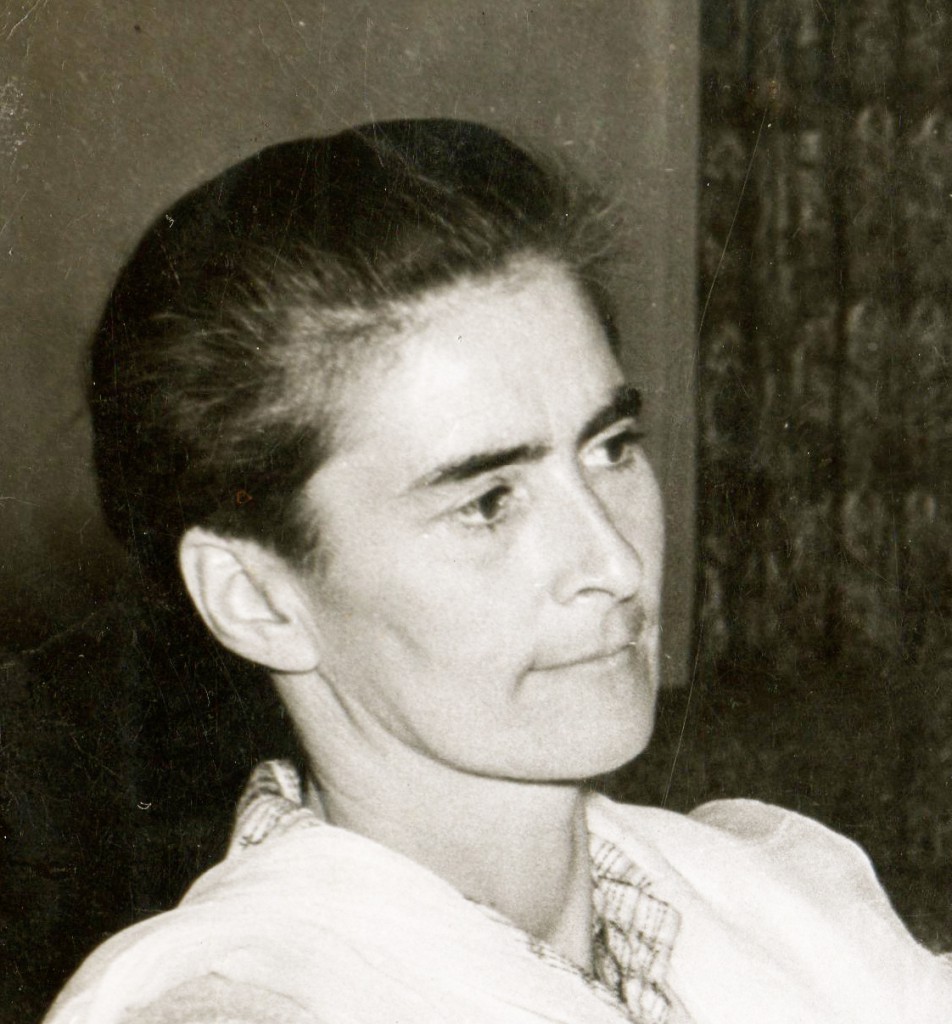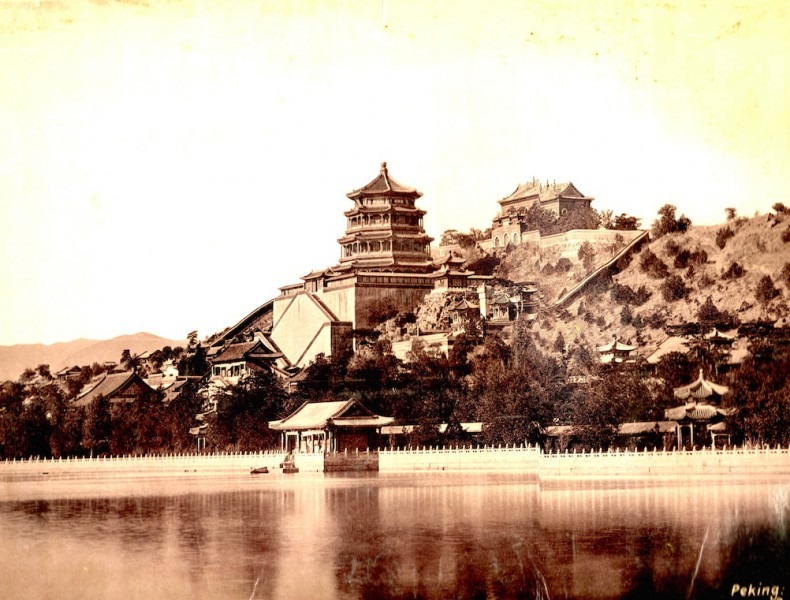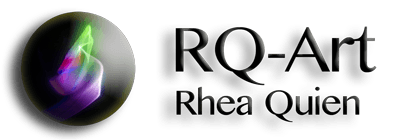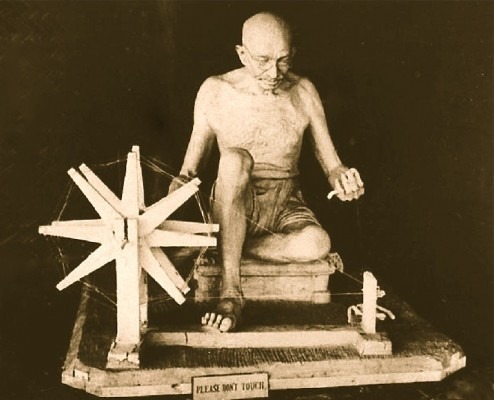‘In Memory of Clara Quien, mother of Rhea Quien.’

Clara Quien (1903 – 1987) was an outstanding female artist of the 20th century who created both classical and modern art. In her lifetime she sculpted 500 portrait heads, 30 full-figure portraits and around 30 pieces of modern art. Her work is now of historical interest.
Clara was also a humanitarian, and worked with passion for the oppressed or disadvantaged in society, beyond the divisions of nationality, creed or race.
Background
Clara Quien was born in 1903 in Bromley, Kent. She came from a Continental family, mainly French Huguenot, Dutch and German. Her father and husband were both Dutch, and she had dual British and Dutch nationality. She grew up in Switzerland and China.
By the age of 16, Clara had already begun studying sculpture under the Florentine master Andreotti, and she later undertook further studies in Paris, Amsterdam and Berlin. In 1935, she drove from Holland to India with her future husband, Frederik Jan Hopman. By this time she had already exhibited in several countries around Europe, and had received many commissions.
Artistic Work
Clara worked swiftly, caught a good likeness, and her work was lively. Much of her greatly appreciated work was for institutions or private people, who commissioned it. She also donated art work, such as the life-size pietà ‘Love One Another’ which she gave to the Gandhi Museum at Maganwadi, Wardha, in Central India. Clara was a member of several art societies in Europe, the USA and India, and held 36 exhibitions in those countries.
As a freethinker, Clara appreciated the diversity of human beings, but saw humanity as one – beyond the divisions of nationality, creed and race. Already in the 1950s she foresaw the impending ecological crisis.


